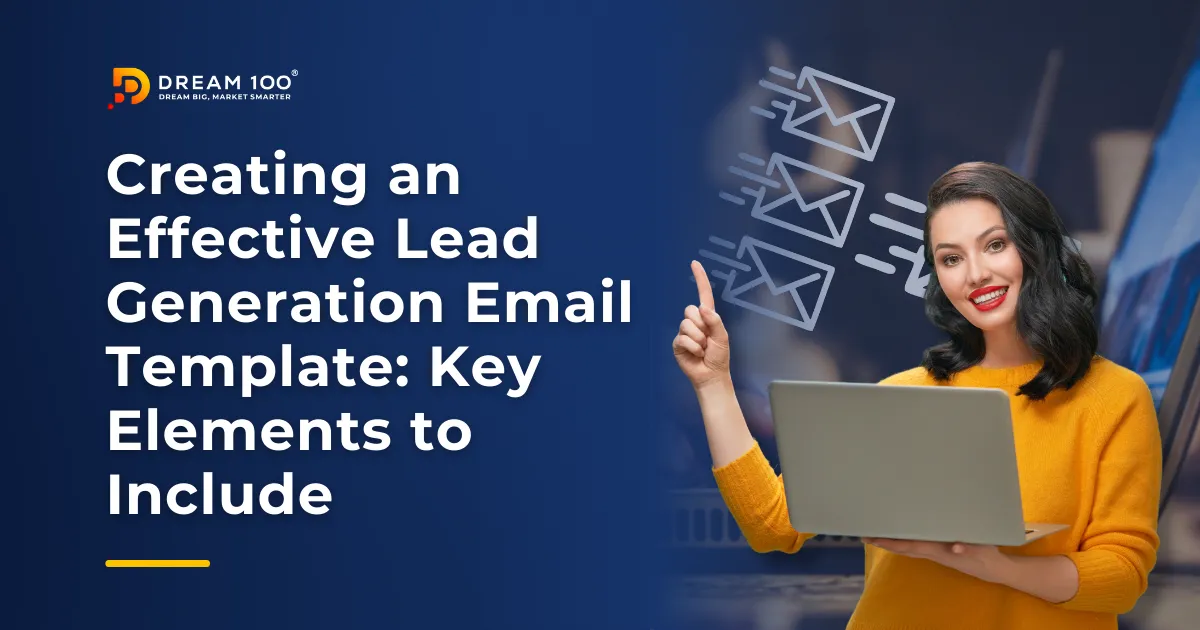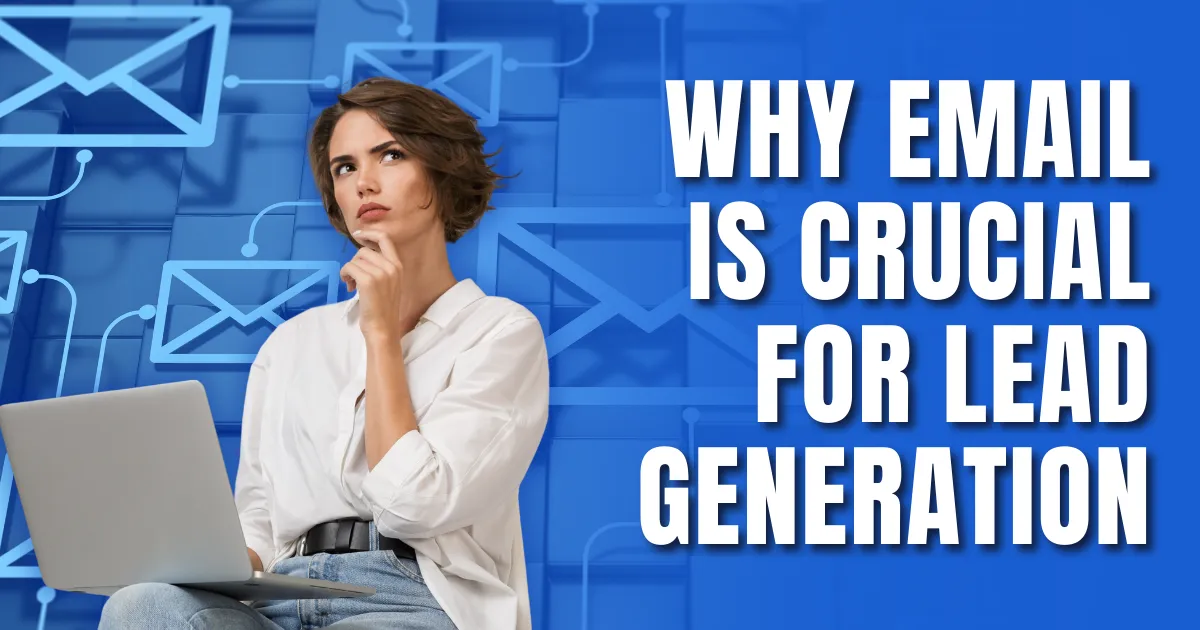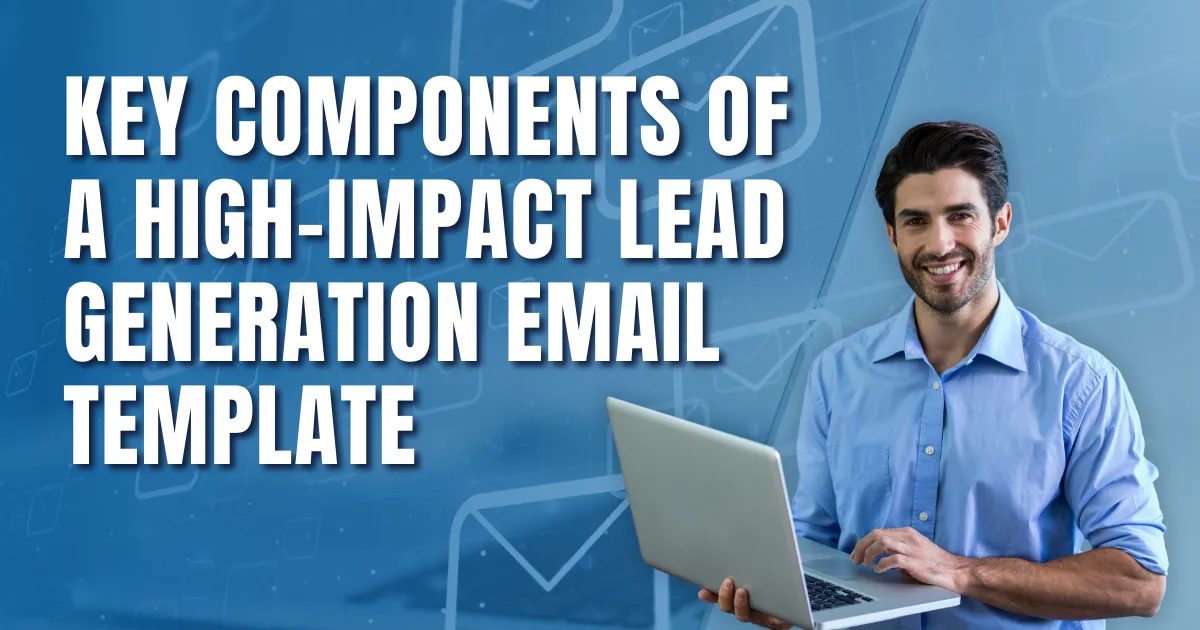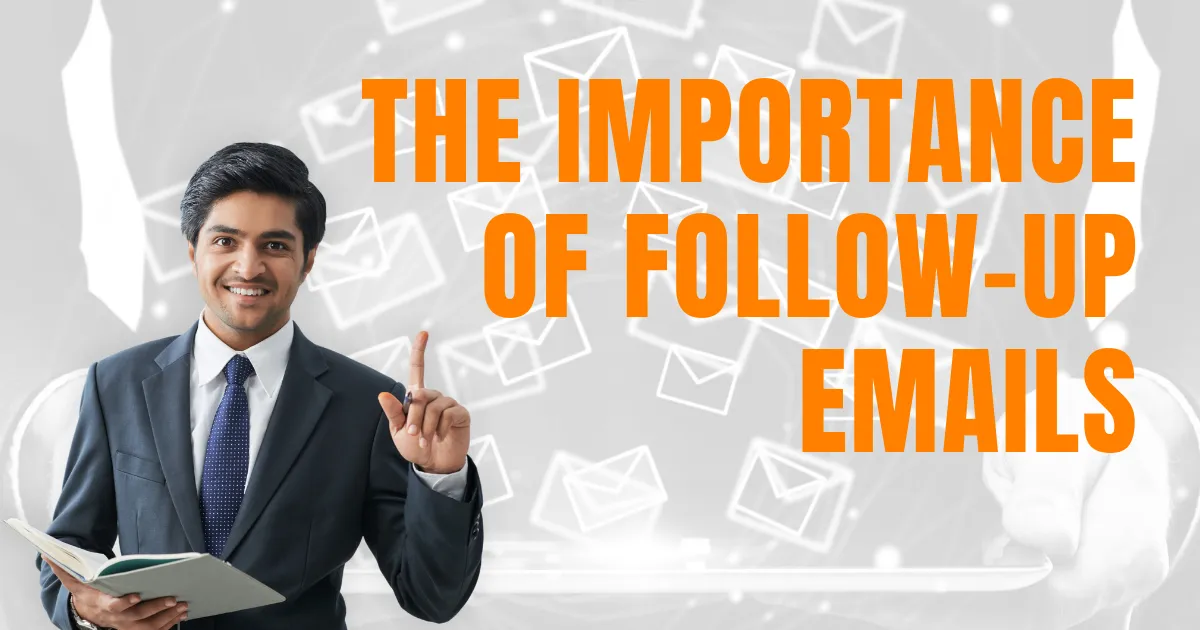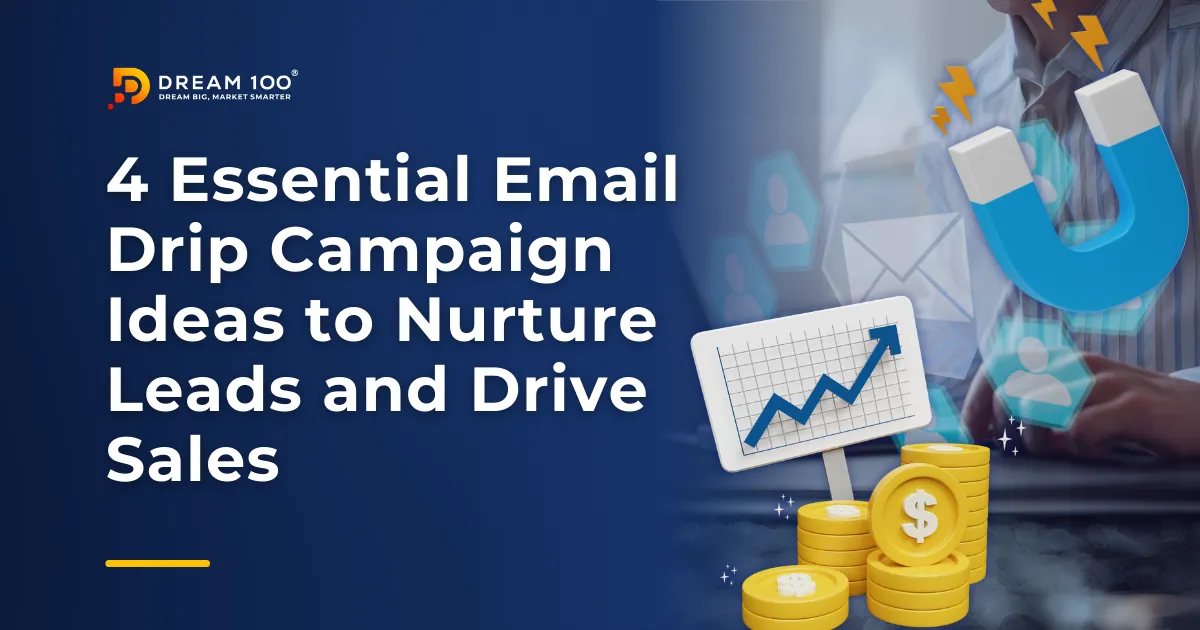In today’s competitive market, generating leads is the backbone of any successful business strategy, especially in B2B contexts. While there are numerous channels available, email remains one of the most cost-effective and direct ways to reach potential clients. However, the key to success lies in creating an effective lead generation email template that captures attention, communicates value, and drives engagement.
In this comprehensive guide, we’ll break down the essential components of a high-converting lead generation email template. Whether you are crafting a cold email template for B2B or seeking to create a follow-up email, these elements will help you create a persuasive, results-driven email.
Why Email Is Crucial for Lead Generation
Emails allow businesses to directly engage with their potential customers on a more personal level. Studies have shown that email marketing can be 40 times more effective at acquiring new customers than social media platforms like Facebook or Twitter. It provides businesses with a unique opportunity to deliver targeted messages, create brand awareness, and nurture prospects through their buyer journey.
Moreover, emails provide measurable results. With advanced analytics tools, businesses can track open rates, click-through rates, and conversions, providing a clear understanding of what works and what doesn’t. When it comes to lead generation, using a well-crafted email template can significantly boost your chances of converting leads into sales.
Key Components of a High-Impact Lead Generation Email Template
1. A Compelling Subject Line
The subject line is the first element your recipient sees, and its importance cannot be overstated. In a crowded inbox, a well-crafted subject line is your best chance to get your email opened. It needs to be attention-grabbing, relevant, and personalized.
Tips for Crafting a Subject Line:
- Personalization: Including the recipient’s name or company name makes your email feel more tailored.
- Curiosity: A subject that piques curiosity without being misleading can significantly improve open rates.
- Clarity: Clear and concise subject lines that offer value (e.g., “How [Company] Can Increase Leads by 30%”) often outperform vague ones.
For example, a B2B lead generation email sample might use a subject like: “[First Name], Here’s How We Can Boost Your Lead Generation by 30%.”
2. Personalization in the Opening Line
Once your email is opened, your first sentence needs to immediately engage the reader. Personalization goes beyond just adding their name. It could involve referencing their company, a recent industry trend, or a pain point specific to their business.
For instance, in a cold email template for B2B, an opening line might read: “Hi [First Name], I noticed your company recently expanded into the software space, and I wanted to share how we’ve helped similar companies improve their lead generation strategies.”
Adding some level of research into the recipient’s business can create an instant connection, making them more likely to continue reading the email. Personalization is not just limited to the recipient’s name or company; it can also be based on location, industry-specific challenges, or recent news related to their business.
3. Clear and Concise Value Proposition
The core of any lead gen email template is the value proposition. After grabbing attention with personalization, you need to quickly and clearly explain what you’re offering and why it matters. Be direct, focus on benefits, and avoid jargon. Remember, the recipient is asking, “What’s in it for me?”
For example: “We help businesses like yours generate qualified leads through data-driven strategies, resulting in a 20% increase in sales conversions within 6 months.”
A strong value proposition is concise and impactful. It answers the prospect’s immediate concerns and highlights the benefits of engaging with your business. This is where you can provide tangible data, such as customer testimonials, case studies, or statistics that demonstrate your product or service’s success.
4. Brief but Effective Body Copy
While it’s tempting to share every detail about your product or service, less is more in an initial lead generation email. The goal here is not to overwhelm your recipient but to provide enough information to pique their interest and move them to take action.
Key Tips:
- Keep paragraphs short: No more than 2-3 sentences.
- Use bullet points: When presenting multiple benefits or features, bullet points improve readability.
- Avoid jargon: Write as if you’re speaking to someone directly. Keep it simple and easy to understand.
A lead generation email example might present the key benefits in a concise format like:
- Increase in Qualified Leads: Leverage AI tools to target the right audience.
- Time Efficiency: Automate follow-ups and responses, saving you hours every week.
- Custom Reporting: Detailed insights into your lead funnel.
You should also consider using data and metrics to make your email more convincing. For example: “On average, businesses that adopt our lead generation strategies see a 25% increase in their lead-to-customer conversion rate within the first six months.”
By doing so, you offer concrete evidence that your solution can solve the recipient’s problem.
5. Call to Action (CTA)
The CTA is arguably the most critical element of any lead generation email. After laying out your value, you need to prompt the reader to take the next step. Whether you want them to book a demo, download a whitepaper, or simply reply to the email, the CTA must be clear and actionable.
Effective CTA Tips:
- Be Specific: Instead of “Click here,” try “Schedule a free 15-minute consultation.”
- Create Urgency: Use phrases like “Limited slots available” to motivate action.
- Keep It Simple: Avoid multiple CTAs. Focus on one action to avoid confusing your reader.
For instance, your lead gen email template might end with: “Ready to see how our lead generation strategies can boost your conversions? Schedule a free demo today.”
The Importance of Follow-Up Emails
One of the biggest mistakes businesses make is not following up after an initial email. According to research, 80% of sales require at least five follow-up emails before a deal is closed.
Many businesses give up after just one or two attempts, missing out on valuable opportunities to build a relationship and convert leads into customers.
Follow-up emails serve several purposes:
- Re-engage prospects who may have missed the initial email.
- Remind recipients of the value of your product or service.
- Create a sense of urgency, prompting the recipient to act sooner rather than later.
However, follow-ups need to be strategic and well-timed. Sending too many follow-up emails too soon can overwhelm your prospects, while sending them too far apart may cause them to lose interest. A well-structured follow-up email sequence typically spans over several days or weeks, gradually increasing urgency while maintaining a focus on value.
For example, your second email in the sequence might reinforce the points made in the first email but offer additional insight or resources that might help the recipient: “Hi [First Name], just following up to see if you had a chance to review our proposal on how we can improve your lead generation efforts. Here’s a case study from one of our clients who saw tremendous success using our solution.”
Best Practices for Maximizing Your Lead Generation Emails
Now that we’ve covered the key elements, let’s explore some best practices to maximize your email’s effectiveness.
1. Segment Your Audience
Segmentation allows you to send targeted emails to different audience groups, ensuring the content is highly relevant. For example, a cold email template for B2B might be customized differently for SMBs vs. enterprise-level companies.
For a deeper dive into how lead segmentation can enhance your campaigns, check out our blog on The Essentials of an Effective Lead Capture System, which explains how capturing leads efficiently is key to further refining your audience targeting.
2. A/B Testing
A/B Testing subject lines, CTAs, and body copy can help refine what works best for your audience. For example, testing different B2B lead generation email samples can show you which offers or phrasing resonate most with your recipients.
3. Consistency is Key
Building consistency into your email marketing efforts is essential. A one-time email blast will seldom generate the type of results you need. Instead, a strategic email drip campaign, where emails are sent at set intervals over time, is more effective. Email drip campaigns nurture leads slowly, keeping your brand top-of-mind without overwhelming the recipient.
Common Lead Generation Email Mistakes to Avoid
Despite their simplicity, lead generation emails are easy to get wrong. Here are some pitfalls to avoid:
- Overloading with Information: Keep it concise and focused on value.
- Neglecting Personalization: Generic emails get ignored. Always personalize when possible.
- Weak Subject Lines: A bland or overly salesy subject line can get your email marked as spam.
For more insights into overcoming these challenges, check out our blog on Top 10 Lead Generation Challenges and How D100® Can Help.
Conclusion
Creating an effective lead generation email template requires balancing personalization, clarity, and a strong call to action. By incorporating the elements we’ve discussed—compelling subject lines, clear value propositions, and actionable CTAs—you’ll be well on your way to crafting emails that drive results. Remember, email is a powerful tool, but success lies in testing, refining, and adjusting your approach based on the unique needs of your audience.
By being consistent with your email campaigns, utilizing segmentation, A/B testing, and follow-up strategies, you can dramatically improve your results. Whether you’re sending a cold email template for B2B or nurturing leads through multiple touchpoints, every detail—subject lines, timing, personalization, and calls to action—needs to work in unison to move your prospect closer to a decision.
At D100®, we specialize in helping businesses design personalized and high-converting lead generation email templates that engage prospects and turn them into loyal customers. From crafting the perfect subject lines to optimizing your follow-up strategies, our team has the tools and expertise to boost your email marketing success.
Ready to elevate your email marketing efforts? Reach out to us at D100® and let’s start building a tailored strategy for your business.

